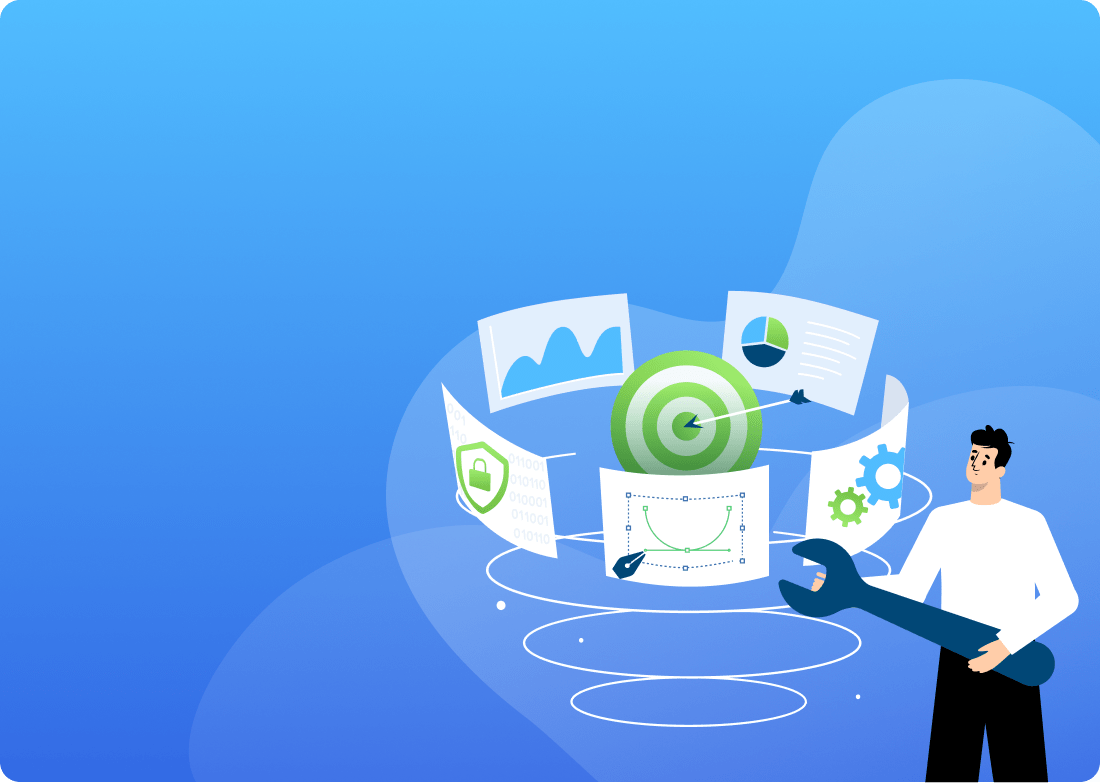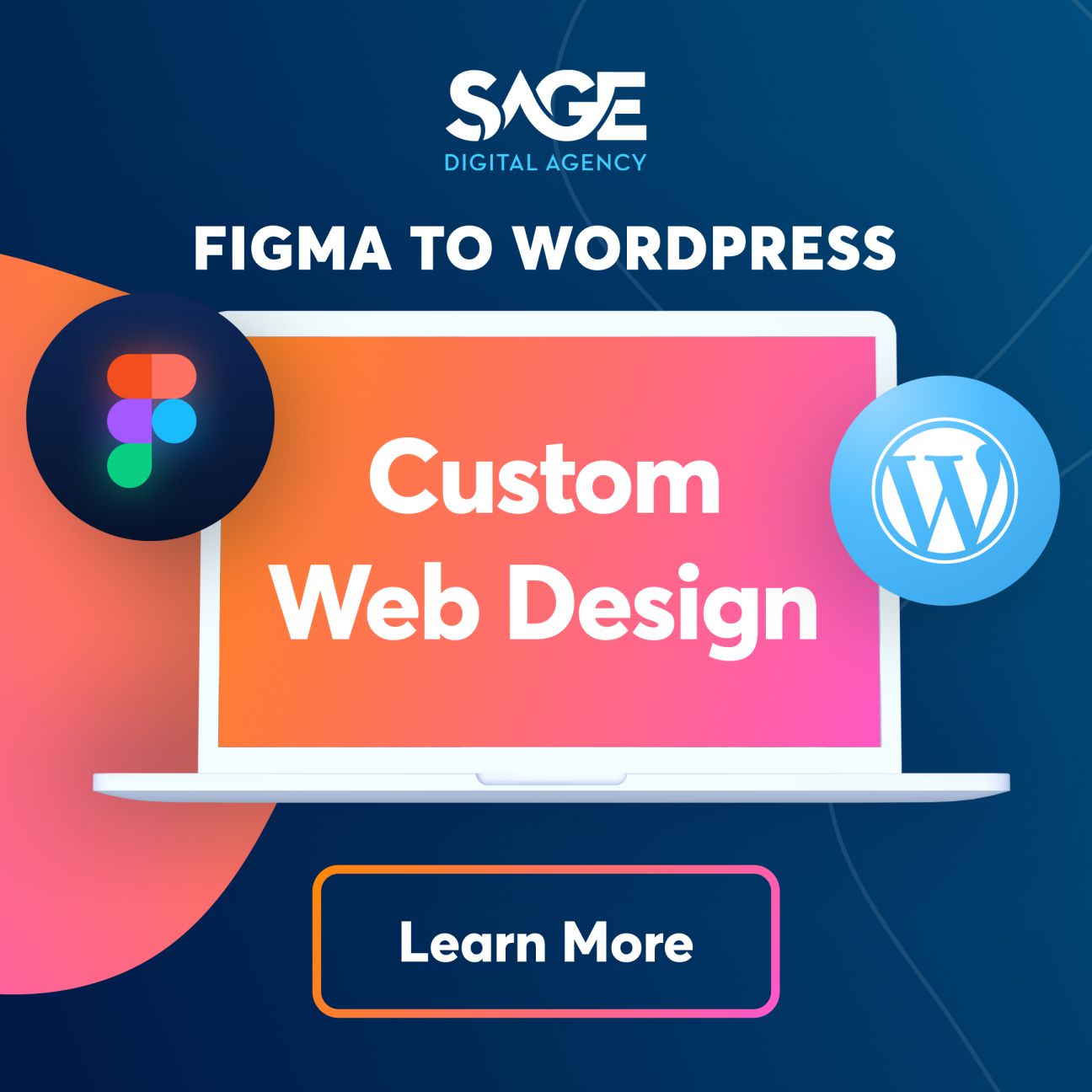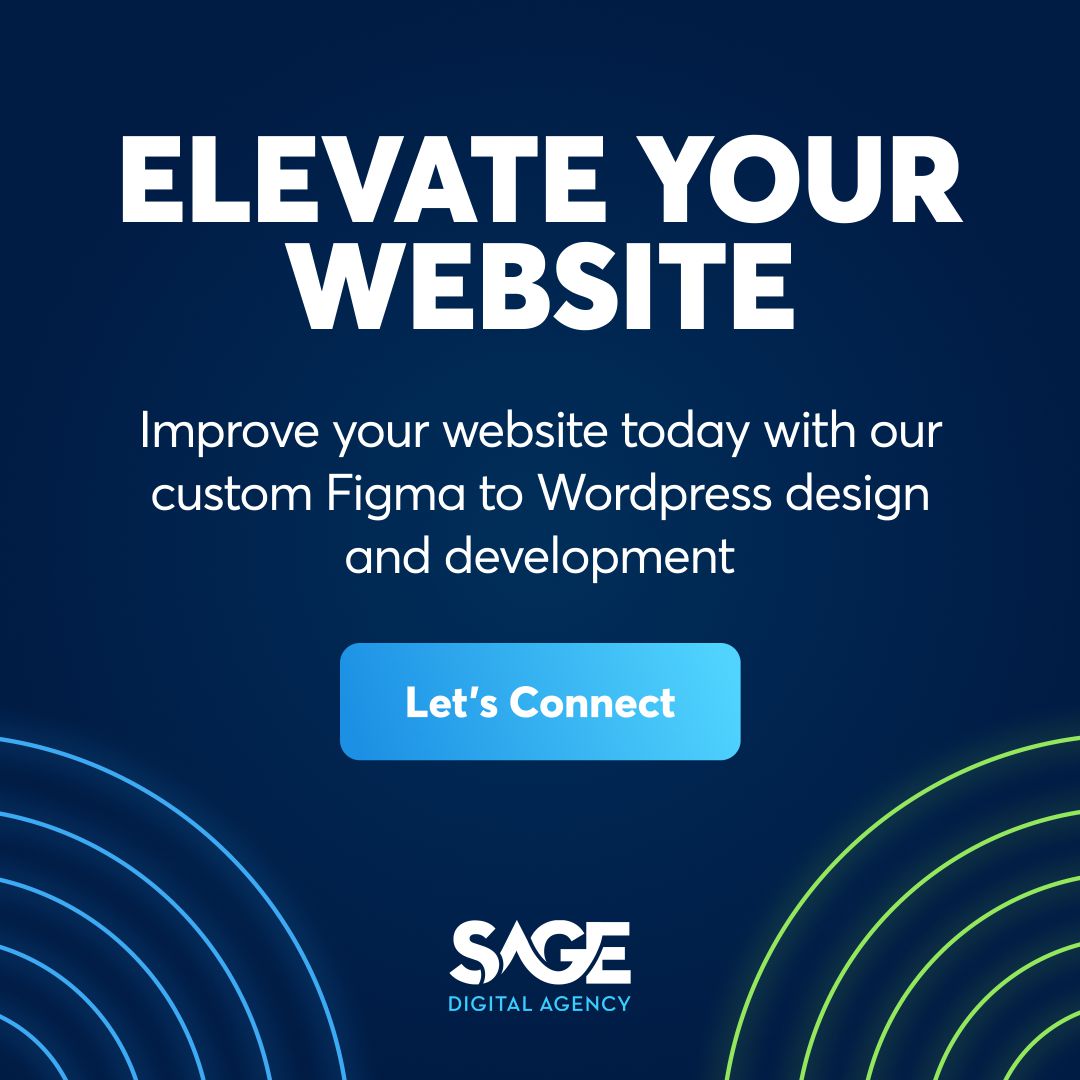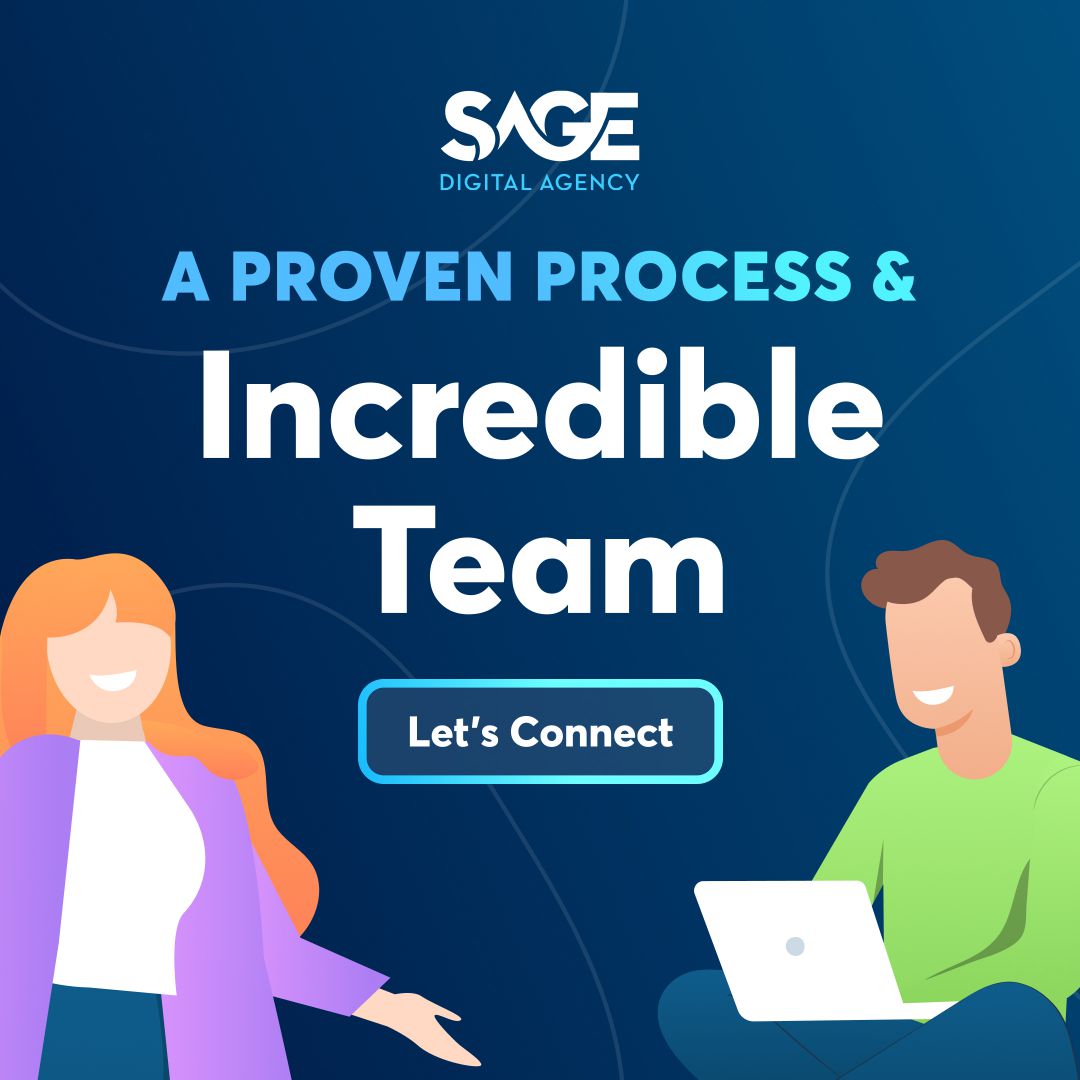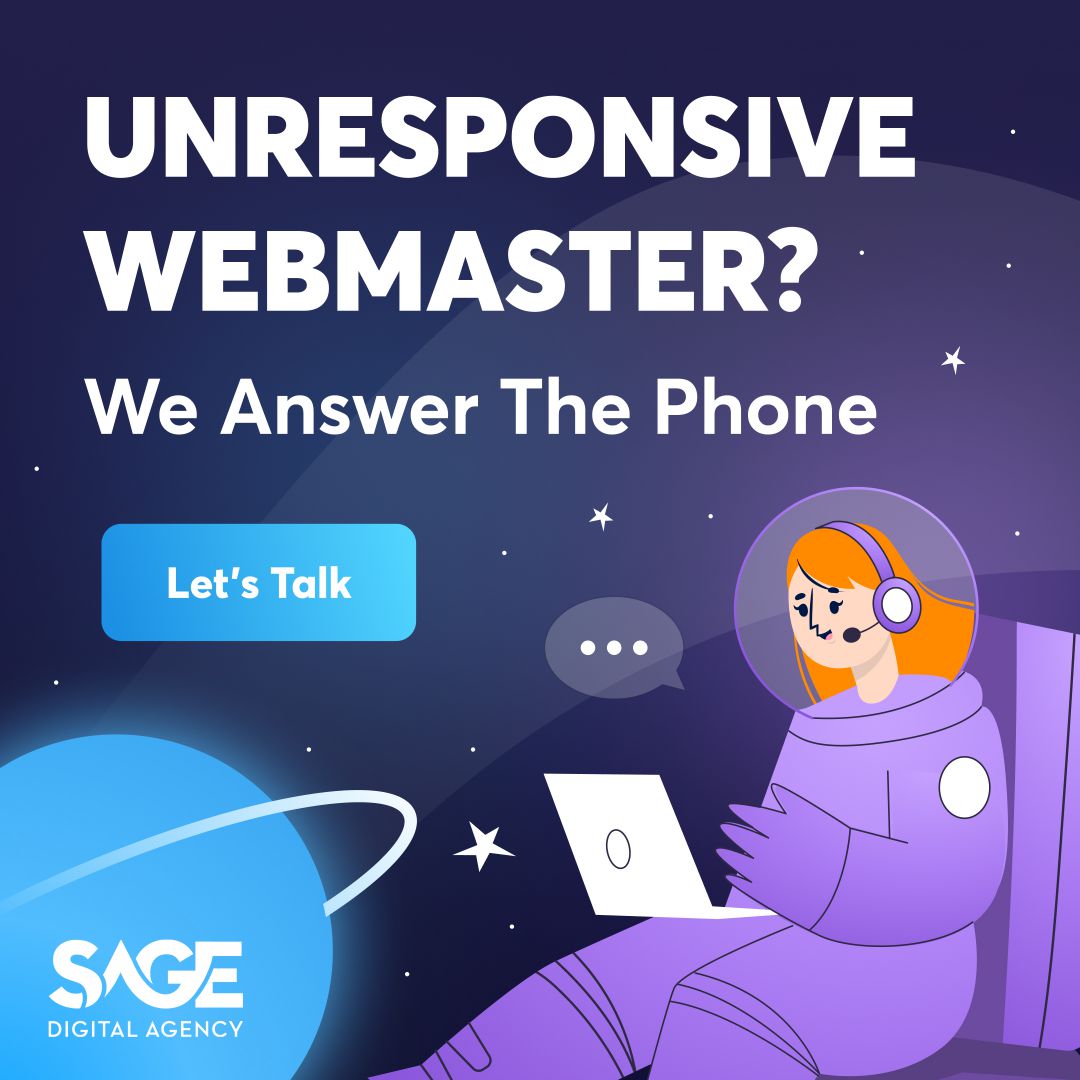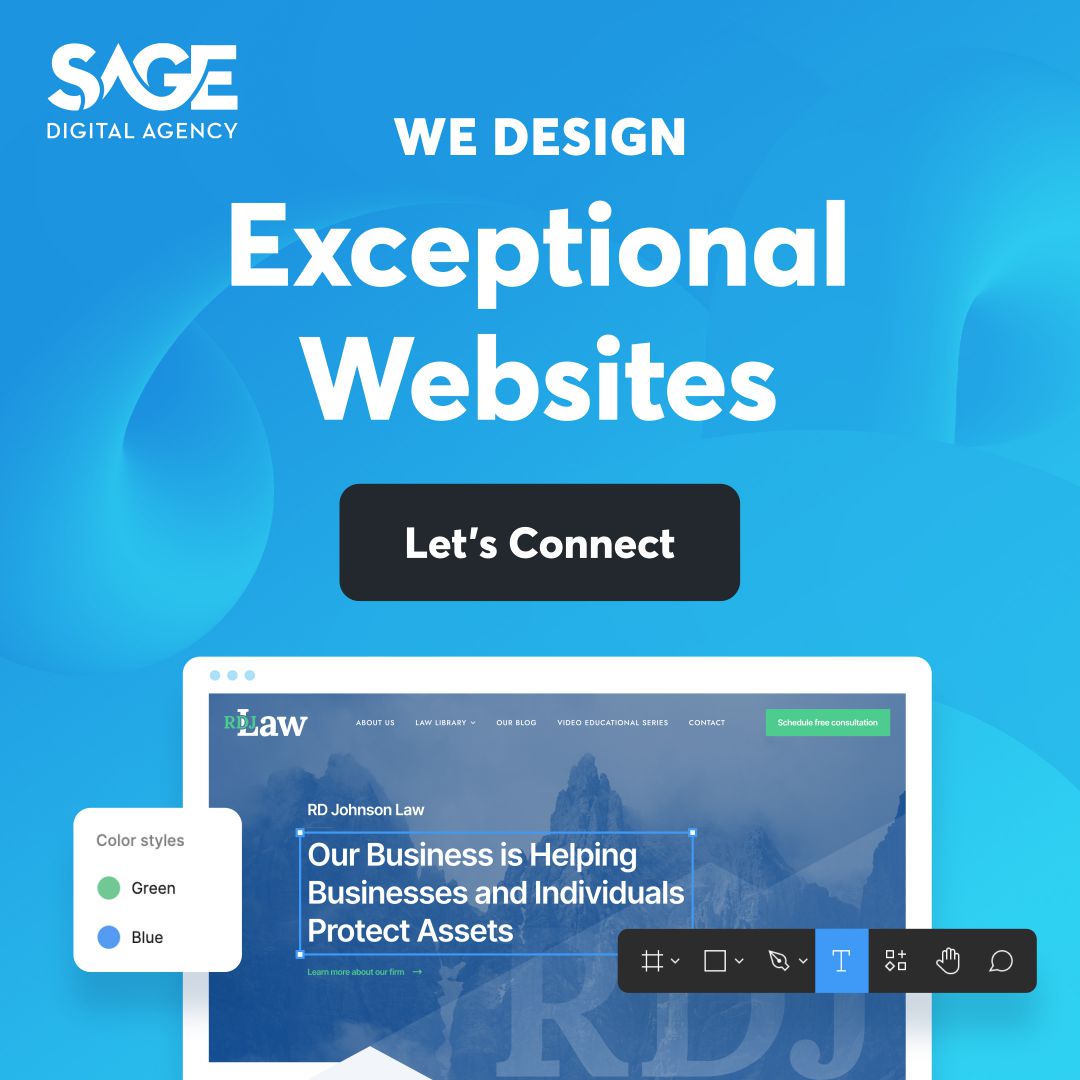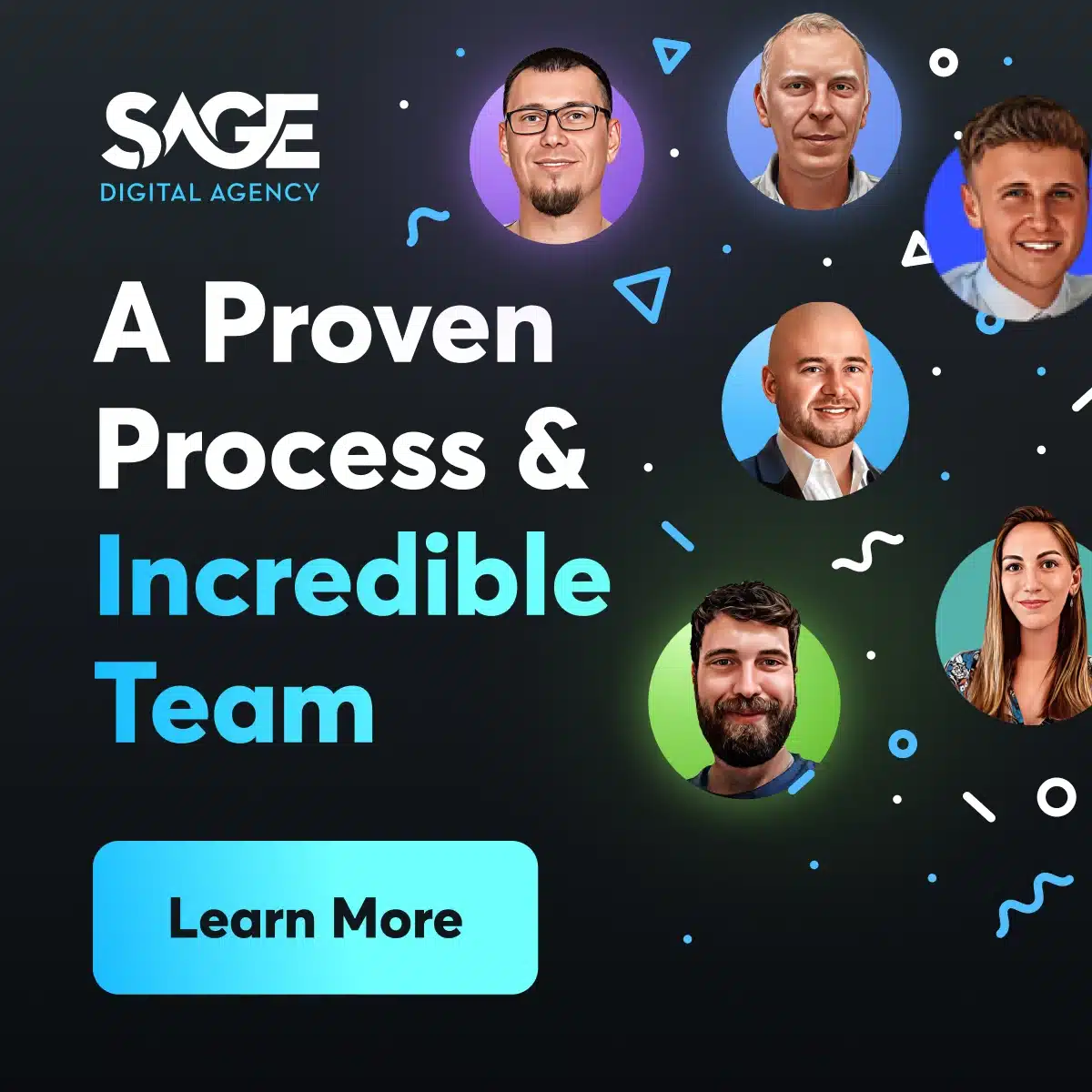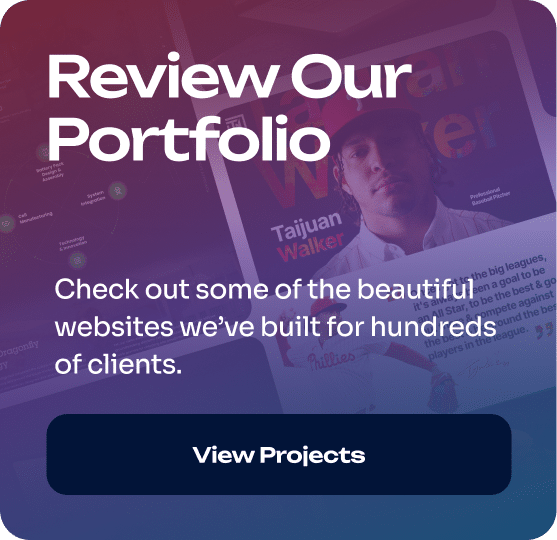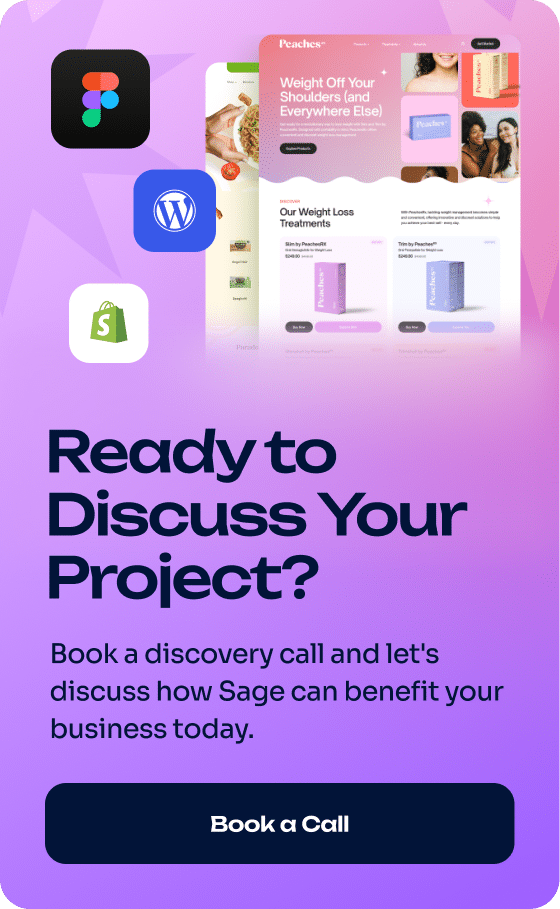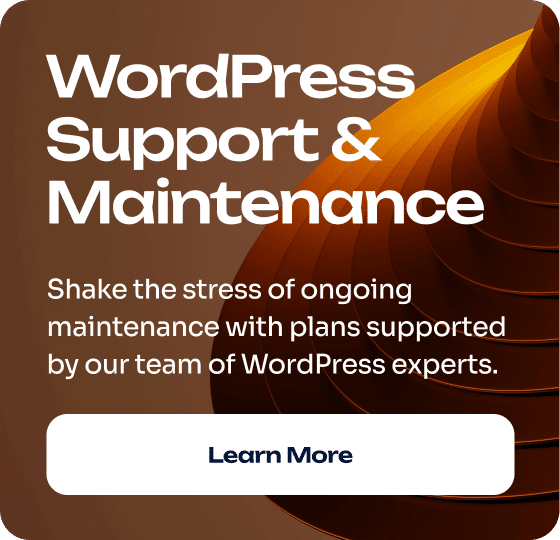The Cost to Build a New Website in WordPress
If you’re here, you might be wondering, “How much does it cost to build a WordPress website from scratch?”
Answer: The cost depends on three things.
(1) Your business goals, (2) your budget, and (3) the type of website and functionalities you need.
Specific Price Estimates For Building A New Website
With that said, web designers generally charge $75 to $200 per hour to build a new website.
What does this mean for you? 🤔
It means that a custom WordPress website will typically cost you $5,000+ when all is said and done.
Keep in mind that this price includes:
- The setup fee
- Creating the content and the design in a prototyping tool (Figma, XD, etc.)
- Developing the approved design
- Adding customized features
- User Experience (UX) and User Interface (UI) design
- Website security and SSL
- Testing and Quality Assurance
- Initial maintenance fees
See our Web Design Pricing Guide for more pricing information.
Is The Cost to Build a Website Justified?
In our opinion, yes.
To build a high-quality custom website today, you need a web designer, web developer, content writer, and graphic artist, at the very least.
A Lot Goes Into Custom Web Design
It takes a lot of effort from a skilled design team to make an industry-competitive website.
While investing in a skilled team might be more costly upfront, you’re much more likely to achieve the results you want. This saves you from future headaches and additional costs related to revisions and fixes.
» MORE: To find the right web designer, avoid these 6 costly mistakes
Planning, Mockups, and Using A Dev Environment
A knowledgeable web designer achieves results for your project through planning and mockups. The logic here is simple yet effective—planning lays the groundwork for the structure and functionality of your site, ensuring all your needs are addressed from the get-go.
Mockups, meanwhile, offer a visual blueprint, allowing for adjustments and refinements to be made before the actual development begins.
Additionally, your web designer will build and test your site in a dev environment before it goes live.
The benefits of planning, mockups, and using a dev environment:
| Stage | Benefits |
|---|---|
| Planning | – Clear roadmap for development |
| – Alignment of project goals and objectives | |
| – Efficient resource allocation | |
| – Identification of potential challenges and solutions | |
| – Setting realistic timelines and milestones | |
| Mockups | – Visual representation of the final product |
| – Early detection of design flaws or issues | |
| – Facilitates communication between designer and client | |
| – Refinement of aesthetics and user experience before development starts | |
| Building in a Dev Environment | – Safe testing of website features and functionalities |
| – Bug fixing and adjustments without affecting the live site | |
| – Ensuring website security and optimization before launch | |
| – Allows for client feedback and revisions before the site goes live |
Additional Benefits of Planning, Mockups, and Using a Dev Environment ✅
- Optimized performance & load times
- Improved User Experience (UX)
- Tailored content and features
- Innovation and creativity
- Robust security
A cookie-cutter template from an inexperienced web designer just doesn’t compare. ❌
Here’s why:
- Lack of customization (Cookie-cutter templates can have inflexible layouts, among other issues.)
- Limited functionality
- Limited support and updates
- Security vulnerabilities
- Scalability issues
- Slow load times (Some templates come with bloated code or unnecessary features, which can lead to slow load times.)
- Lack of a refined design process (Inexperienced web designers often have untested and unclear design processes when building websites.)
Keep reading to learn more about our custom design process and how it benefits your website. ⬇️
Sage Digital Agency’s Web Design Process
We follow a proven 5-step design process, which is as follows.
Step 1. Onboarding
Before we build your website, we first need to understand your objectives. This is where your initial consultation comes into play.
During your consultation, we sit down with you to outline a plan for your project, which includes your project milestones.
Next, to ensure your website’s architecture is excellent, we create a sitemap and go through all your web pages, looking closely at the design of each page, their specific functions, and how they relate to other pages.
This is how we develop a refined structure for your website and guarantee a top-notch user experience. 🪄
Looking at your website’s architecture and design is the highest level of strategy for your website.
One Note About Our Onboarding Process
Communication is such an important part of our onboarding process, so we encourage you to stay in touch with us throughout the design process.
This helps us refine our approach to your website and stay in alignment with your vision and needs.
Researching The Competition
Another important aspect of our onboarding process is market research.
Whatever field you are in, we look at who you’re competing against so that we can create a website that matches or exceeds the competition.
Step 2. Visual Design
The next stage of our process is visual design.
In this phase, we use Figma to craft a custom design that’s uniquely yours.
Before finalizing your design, we include wireframes and mockups of every page and send them to you for approval.
» MORE: Make an impact with custom web design from Sage Digital Agency
Step 3. Development
Once you’ve approved your design, we build it in a dev environment.
We then examine your website for flaws and go through a checklist to ensure it meets the standards required for an excellent design, such as being mobile responsive.
It’s a well-known fact that Google gives priority to sites that are friendly to mobile devices.
Additionally, over 90 percent of the global internet population now uses mobile devices to access the internet (Statista). You can see why having a mobile-responsive website is a must.
Step 4. Pre-Launch
During our pre-launch phase, we run your website through an additional quality checklist to ensure that it is ready to go live. This checklist includes tasks like setting up your security software, doing on-page optimizations, and setting up Google Analytics.
Step 5. Post-Launch
Once we complete all quality checks for your website, we make it live, after which we finalize your launch by undergoing post-launch procedures.
We then map out recommendations that you should consider taking to get the most out of your new website.
Value For Your Business Once Your Website Is Live
At Sage Digital Agency, we offer services to manage every aspect of your website (prices vary) once it is live.
These services include:
- Secure web hosting
- Monthly maintenance
- Plugin/app management for your website
- Content management
- Ongoing website support and maintenance
Learn more about our ongoing website support & maintenance on our Website Maintenance Services page. 🛠️
What About Web Design Flat Fees?
Given the level of effort needed to design a website, you might be wondering if you should pay a flat rate instead of an hourly rate for web design.
There are advantages and disadvantages to both approaches, which you can see in the table below.
| Criteria | Flat Rate Advantages | Flat Rate Disadvantages | Hourly Rate Advantages | Hourly Rate Disadvantages |
|---|---|---|---|---|
| Cost Predictability | Fixed cost allows for easy budgeting and no surprises | Can be more expensive if the project is straightforward and quick | Cost is reflective of the actual work and time involved | Costs can escalate if the project takes longer than anticipated |
| Scope of Work | Clear scope and deliverables are defined upfront | Any additional work outside the scope can be costly | Flexibility to adapt and make changes as the project evolves | Scope creep can occur, leading to higher costs |
| Payment Structure | Typically involves milestones or a percentage upfront | Can lead to disputes if there are disagreements on deliverables | You pay for the time actually spent, potentially saving money | Unforeseen complications can lead to increased hours and costs |
| Client Involvement | Less client involvement due to predefined scope | Limited flexibility for changes once the project has started | More client involvement and flexibility for adjustments | Requires more client oversight and management of the project |
| Risk | Designers may cut corners to maximize profit if the project becomes complicated | Can result in lower quality if not properly managed | Encourages thoroughness and attention to detail | The designer may take more time to complete tasks, increasing costs |
How Much Are Web Design Flat Fees?
Website flat fees vary based on what type of business you have. Let’s take a look.
Small Business Flat Fee Cost
If you run a small business, a reasonable price range to expect for a flat rate is $3,000 to $5,000.
Medium-sized Business Flat Fee Cost
For medium-sized businesses that need a website with advanced custom features, an appropriate flat fee range is $3,500 to $10,000.
Note: These prices do not include monthly or yearly maintenance costs, so consider talking to your web design agency to set budget expectations early on.
Ecommerce Website Flat Fee Cost
For an ecommerce website, you’ll likely be looking at $10,000+ as your flat rate.
Why Choose To Pay A Flat Fee For Web Design?
The primary reason for choosing a flat rate is to avoid excessive labor costs.
Big website projects can drive up your labor costs quickly, and this can turn into a major issue if your web designer doesn’t have experience, as it is hard to know the exact amount of hours your project will take.
This is why some clients prefer to pay a flat-rate fee upfront, which is certainly respectable.
DIY Cost When Building A Website From Scratch
If you don’t have the budget to hire a web design agency, you can create your own website using website builders such as WordPress, Wix, or Squarespace.
Website builders aren’t free, though. You have to pay for the following basic features:
- Web hosting – $100 to $1,000 yearly
- Domain name – $35 to $600 yearly
- Website builder – $100 to $500 yearly
Don’t Have Time to Do It Yourself? Find The Right Designer For Your Project
Choosing the right web design agency is crucial to your website’s success if you don’t have the time for a DIY project.
Want to find out if we’re the right fit for you? See our Are We A Fit? page.
You can also book a free consultation with us to delve deeper.
Let’s talk about WooCommerce
Let’s shift our attention to WooCommerce for a moment, WordPress’s popular ecommerce plugin.
The Cost of Building A WooCommerce Website
If you choose to hire a professional to set up your WooCommerce store, you could pay anywhere from a few hundred dollars for a basic setup (at the extremely low end) to several thousand dollars for a more intricate, customized, and feature-rich store.
If you want to take a DIY approach, then you’ll need to pay for the following:
- WooCommerce-optimized theme (around $20-$100)
- Additional ecommerce plugins for specific functionalities (roughly $25-$200 each).
» MORE: Want a WooCommerce website? See our Ecommerce Web Design service page
What About Shopify?
Shopify is considered one of the best ecommerce platforms available, but it can also be pricey.
Shopify Website Cost
The cost of a Shopify website differs depending on how you want to make it.
If you set up a Shopify website by yourself, you can get started nearly for free.
On the other hand, some web designers will charge you as much as $10,000 for a fully customized Shopify design suite.
Shopify or WooCommerce?
Design-wise, there’s no difference between Shopify and WooCommerce. However, when it comes to development, Shopify can take five times longer.
Shopify can also be very expensive to maintain. In fact, Shopify’s Plus plan starts at $2,000 a month.
While Shopify has clear and obvious benefits for the right users, we are proponents of WooCommerce for its agility, flexibility, and ability to scale.
Benefits of WooCommerce include:
- Physical and electronic products
- Open source
- Flexible payment options
- Coupon and discount capabilities
- Customizable checkout process
- Built-in options for reviews and ratings
- Straightforward product and inventory management
- Scalability
- Integration with other services
- Secure and regular updates
- Large community and support
- Geolocation support
- Multi-currency and multi-language support
- Ease of use
- Extensive customization (Can be extended by countless plugins and custom development.)
Given these benefits, for 90% of ecommerce clients, we don’t see the necessity for Shopify. They can achieve the same results with WooCommerce and WordPress.
PS: Need Secure Web Hosting?
Sage Digital Agency offers premium web hosting with strong security measures, fast speeds, and high uptime guarantees.
For our hosting prices, see our Website Management Pricing Page.
To learn more about web hosting with Sage Digital, you can also read our latest article on the subject.
Giving Your Website Wings: The Power of Quality Web Hosting


